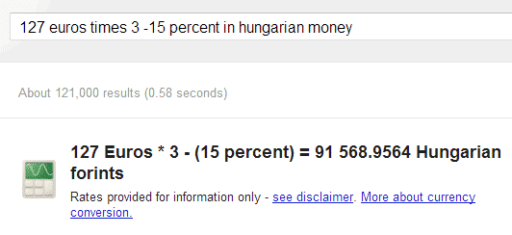Product reviews are really important in that a lot of users read them and judge that whether or not they want a certain product based on them. Of course, not all reviews are genuinely correct and some are simply ‘bought’ so as to get a higher rating in favor of a certain product. Now, a Google-sponsored study has revealed an algorithm that can discern such bogus reviewers on a certain website or forum.
The study was carried out by researchers at University of Illinois and was partially sponsored by Google Faculty Research Award. It was an attempt at devising a way to somehow automate the detection of fake product reviewers online. Titled ‘Spotting Fake Reviewer Groups In Consumer Reviews’, the study reveals an all-new algorithm called GSRank (Group Spam Rank) which can detect opinion spam online.
The algorithm is originally aimed at detecting a whole spam group rather than an individual. So hows does it work? It tends to find out a number of relationships between different members of a spam group, see how closely their content matches, how often they post together and a number of other factors.
The GSRank algorithm also tries to find out the details of the relationship between a number of factors such as between member spam and products, individual spam and group spam, and group spam and products. According to the study, the algorithm has been quite effective and it ‘consistently outperforms all existing methods.’ You may want to read the entire report from the study over here.
[ttjad]




